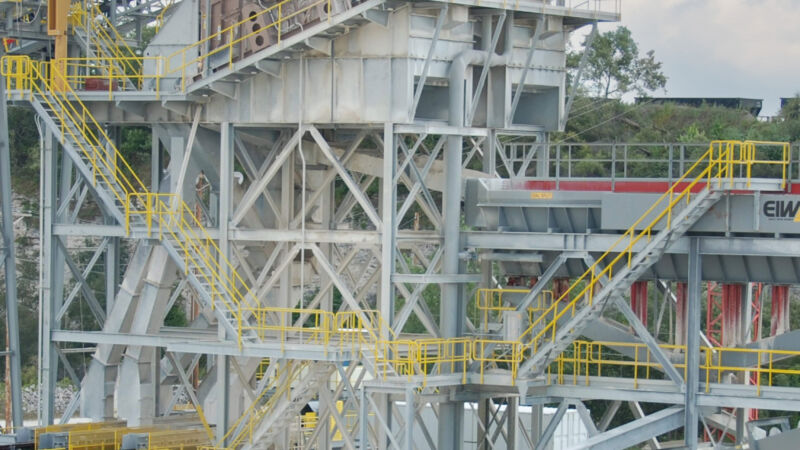
Industry Experts Discuss Screws, Cyclones, Sand Tanks and More Part 2
Industry experts Daniel Miles, P.E., President of Process Machinery, Inc., and Mike Woolford, Sales/Territory Manager at Dibble Equipment, answer some common questions about sand washing and sand washing equipment below.
What are some common mistakes you see when sizing a screw washer?
Mike Woolford: The most common mistake when sizing a screw washer is not starting with a feed gradation.
.jpg)
Every screw washer application should (if in any way possible) start with a gradation of the feed that you’re feeding the screw. If you can’t get that, then start with the gradation you’re feeding the plant. Anything is better than nothing.
Take the percent passing the 50 mesh and divide it by 1500. That will yield the speed you should likely run your screw at. Once you know that, then you can pick the right screw washer.
The most common operational mistakes start by not sizing a screw properly. If you have a 54” Single Screw and you have 20% passing the 50 mesh in the feed to that screw, then our formula tells you to run the screw at 75% speed, which is fine.
"Personally, I tend to want to run screws as slow as I possibly can without having the material ride too high on the shaft. If your feed overlaps your shaft after it breaks the pool, then the shaft is overloaded and you’ll polish the top of the shaft, greatly decreasing its life." - Mike Woolford, Dibble Equipment
Check the spiral that’s two or three ribbons clear of the water to see how high the material is riding up on your shaft. My rule of thumb is to run a screw as slow as I can while not overloading it. That means I settle out more particles that would otherwise head out to the pond.
Back to our example, the calculation tells you to run the screw at 75% speed. In that case, if I can safely do it, then I’d run the screw at 60% speed or put a variable frequency device on the screw, which is super handy. Then, you can change speed just by pressing a button.
Making mason sand one day? Run it at 40% speed. Making concrete sand another day? Then run it at 60% or 75%.
The other very common operational mistake is not having enough fresh water. If you have corner buildup in the back of your screw, then you need more fresh water, or you need to cut your feed. Cutting your feed means you get fired; therefore, I’d go looking for more fresh water.
Daniel Miles: The most common mistakes we see are not evaluating the feed gradation to see what we predict the actual output to be, what screw speed we need to be at and not accounting for all the water needs of the machine in the design.
Do you trust the sand screw calculation in AggFlow?
Mike Woolford: Yes, but remember, a little learning is a dangerous thing, and AggFlow is nothing but a handbook married to a calculator. It takes handbook data from every manufacturer and marries that handbook data to a series of values that result from your gradation data and the feed tons per hour you plug in.
Agg Flow is great at gaming up complicated scenarios without having to do 50 different recirculating load calculations yourself. It prints out a pretty picture as well, but it’s only as good as the raw feed data you enter. If you enter good feed data, then AggFlow is a useful tool.
Daniel Miles: Yes and no.
Aggflow is a calculation tool, and you have to be careful with it just like any computer program. I was always taught that “garbage in equals garbage out”. You must know what you are doing and why to be able to say a result is correct.
The screw calculations generally are given the information of weir capacity by the manufacturer, and that is the “known” entity. This may not always be true, but most of the time it is.
Beyond that, you have to know the machine. How much flush water is needed, rising current allowances and flight rotation speed are all things that are manually entered and must be verified.
"To me, AggFlow is a visualization tool and a mass balance tool more than anything (if you put the right information in, it will do the math). We must understand machine selection and how to properly apply it to a specific application to determine if it is adequate. This (like all engineering problems) comes with experience, training and making a few mistakes along the way." - Daniel Miles, Process Machinery, Inc.
Additional questions will be answered in upcoming blogs. If you have a question for one of our experts, please contact us.

